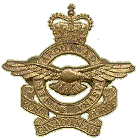AS YOU WERE . . .
WAR YEARS ECLECTICA
2017.07 Edition
Click for larger full-screen images
WARTIME VICTORY BONDS IN CANADA
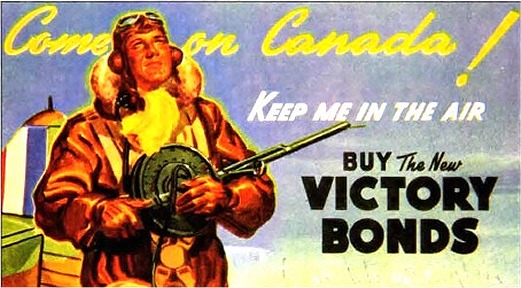
Most of the images may be clicked to larger size

Canada's involvement in the Second World War began when Canada declared war on Nazi Germany on September 10, 1939, one week after the United Kingdom. Approximately half of the Canadian war cost was covered by War Savings Certificates and war bonds known as "Victory Bonds" as in World War I. There were ten wartime and one postwar Victory Bond drives. |
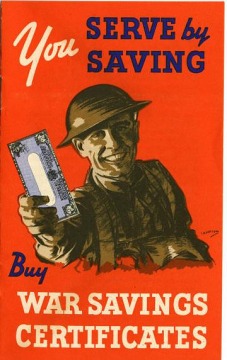
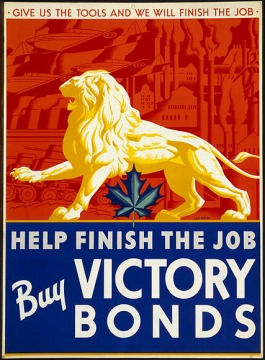
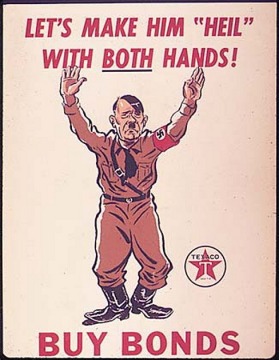
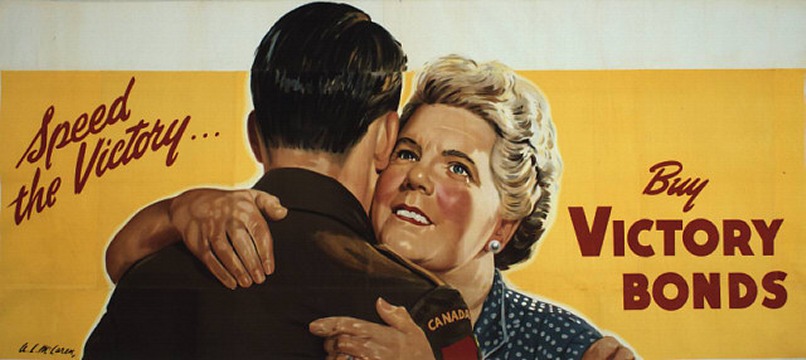
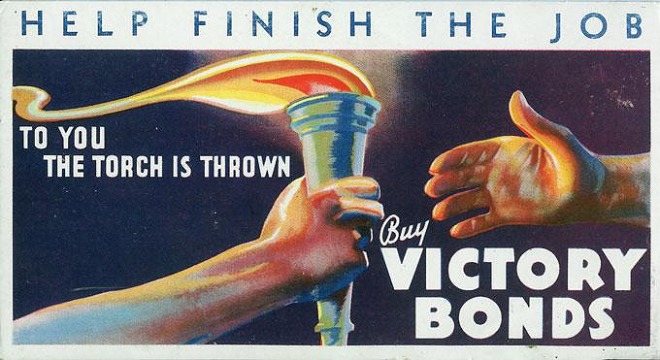
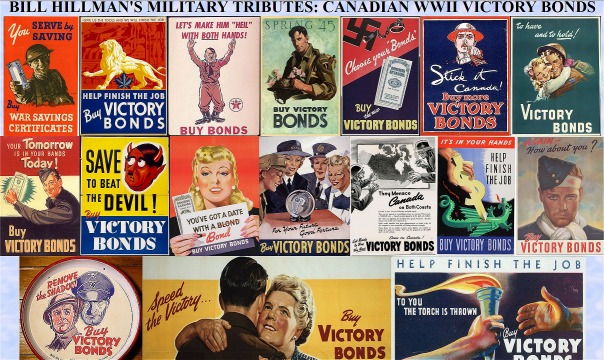
Click for full-size collage poster
![]()
PART II
CANADIAN WWII PROPAGANDA POSTERS
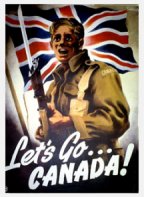
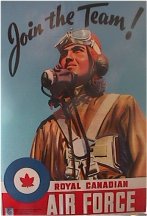
Canadians were physically and psychologically unprepared for war in 1939 - inadequate military preparations were matched by a psychological reticence. The country had just begun to recover from the trauma of a severe ten-year Depression which had strained the its religious, social and political institutions and bred widespread cynicism and anger. Because of this, Canadians were reticent to assume the responsibilities and sacrifices they knew would be demanded by the war. Although they were aware of the deteriorating situation in Europe, many Canadians continued to hope that a full-scale conflict could be averted. |
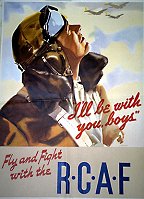
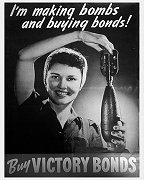
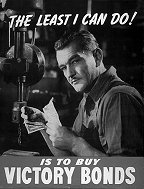
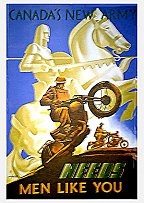
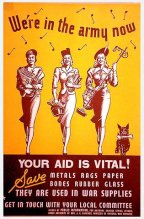
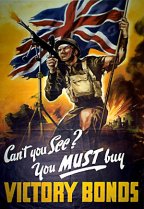
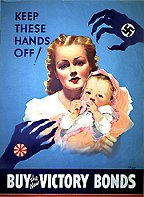
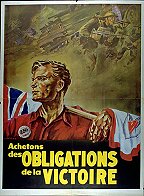
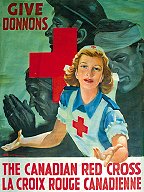
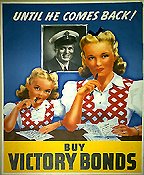
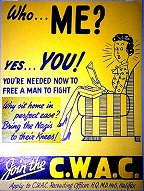
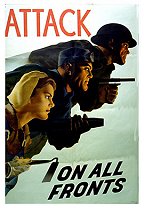
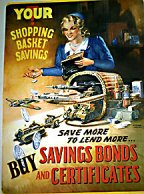
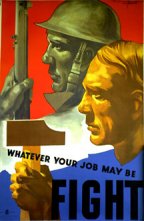
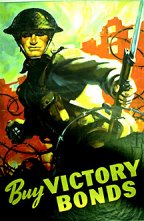
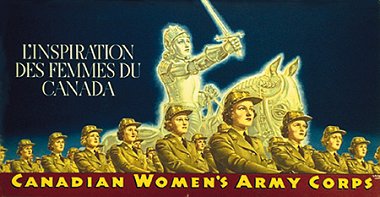
The above posters are very rare and unfortunately
they are not for sale.
![]()
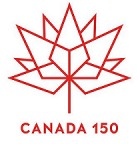
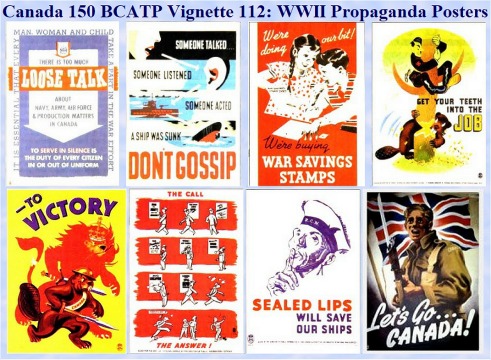
Click for full-size
From the
CANADA 150 BCATP VIGNETTE PROJECT No. 112
www.airmuseum.ca/150
www.hillmanweb.com/150
![]()
2017 ARCHIVE
JANUARY: Photos
~ RCN Hong Kong Journal ~ Station Mag
FEBRUARY: BCATP
Pilot Training ~ Dragoons Vimy Night
MARCH: BCATP
Celebrates Canada 150
APRIL: War,
Conflict. . . and Life
MAY: Remembering
Col. Alex Matheson
JUNE: Star
Weekly Wartime Covers
JULY: Canadian
WWII Victory Bonds
Previous 2016 Issues:
JANUARY
Vets Home
for Xmas Plus The Japan Homefront
FEBRUARY
Photo Story:
WWII Remembered
MARCH
Canadian
Women in WWII
APRIL
RCAF Flyers
wrote Olympic history
MAY
Imperial
War Museums Memories
JUNE
Lancaster
Cockpit and Crew Stations ~ Pearl Harbor Mastermind
JULY
BCATP Bases
and Aircraft ~ Battle of Britain ~ War Brides
AUGUST
RCAF and
WWII Polish Resistance ~ F/L Donald Hillman ~ WWI Camp Hughes
SEPTEMBER
Memories
OCTOBER
RCAF Women
Honoured
NOVEMBER
1. Lest We
Forget: Family Tribute
2. Then
and Now ~ Wearing the Poppy
DECEMBER
A Wartime
Christmas
![]()
BACK TO OUR MONTHLY MILITARY WEBZINE
CONTENTS PAGE
As
You Were . . .
![]()
|
As You Were . . . Tribute Webzines |
Hillman WWII Tributes www.hillmanweb.com/war |
www.hillmanweb.com/rcaf RCN HMCS PRINCE ROBERT www.hillmanweb.com/rcn |
Ex-Air Gunners Association Magazines |
 .
.